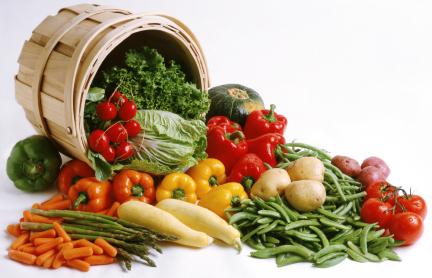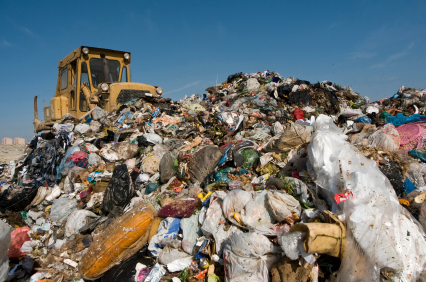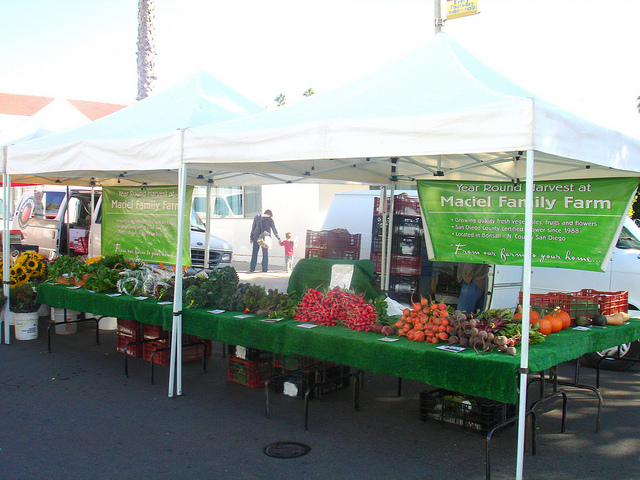A Green Thanksgiving
Holidays aren’t the easiest times to lead an environmentally friendly lifestyle. Yet with a little planning, Thanksgiving can be just as green as any other day in your home. Try these tips:
Keep it simple – You don’t have to amaze your friends and family with a gourmetspread rife with exotic ingredients flown in from around the world, or with a 6-course spread with choice of 14 side dishes. Most people aren’t looking for novel culinary fare on a day like this – they’ll be happy with traditional dishes that celebrate the bounty of the local harvest.
Buy local – Many of the veggies you need for your side dishes probably grow within 100 miles of your home. Check out your local farmer’s market for fall goodies like squash, greens, potatoes, yams, pumpkins and evergreen herbs like rosemary and sage. And don’t forget to check your local free-range farms for that centerpiece of the Thanksgiving piece, the turkey (unless you’re vegetarian, of course…).
Go vegetarian – If you’ve been thinking about trying out a vegetarian diet, Thanksgiving is actually a great time to do it. You’ll be amazed at how many luscious options there are. Livestock put a huge strain on the planet, and factory farms do abominable things to those poor little animals before they end up on your plate.
Serve local organic beverages – Pick up some local libations if you’ve got nearby breweries and wineries, especially if you have guests coming into town – it’s a great way to show off regional specialties. If you don’t live near any craft beer or wine producers, pick up a few bottles of organic brew – there are dozens of varieties available at most health-food stores.
Use what you have – This is one of the easiest, cheapest ways to go green any day of the year. You don’t need fancy dishware – your regular tableware will do just fine. If you’re the Martha Stewart type and feel that everything must match perfectly, consider renting tableware, chairs and linens – it costs less than buying new.
Decorate with natural materials – Skip the cheesy seasonal décor made in China, and take a cue from nature. Many people like to place pinecones in a bowl or basket as a centerpiece, or wind a string of white lights around some branches in a planter or tall vase. You could also purchase a living plant that can go into the garden next spring, or pick up a bouquet or organic blooms from your local independent florist.
Compost your scraps – Don’t toss those potato peels, celery tops and carrot ends into the trash! Put them in a bucket along with a handful of shredded paper, leaves or other organic material (no meat or dairy). If you don’t already have a compost pile or bin, now’s a great time to start. Another great way to start your composting is to ask your local coffee shop for their used coffee grounds, which make great starter material. Happy Thanksgiving Day!



